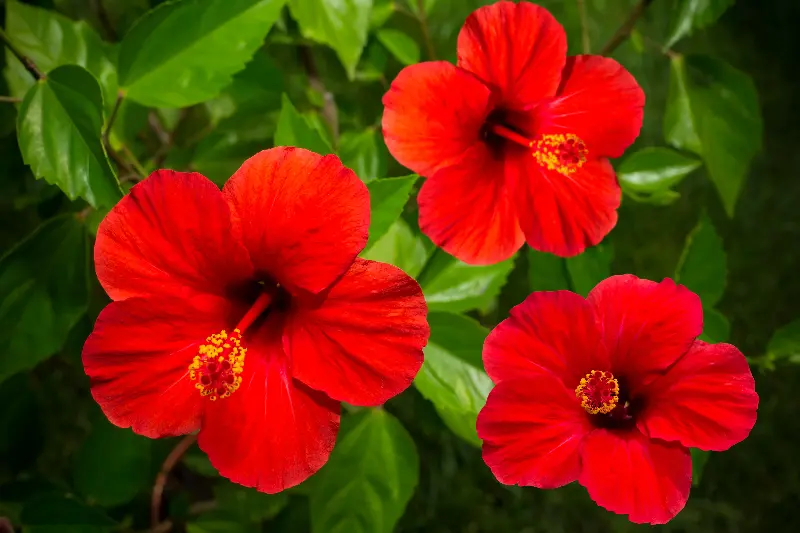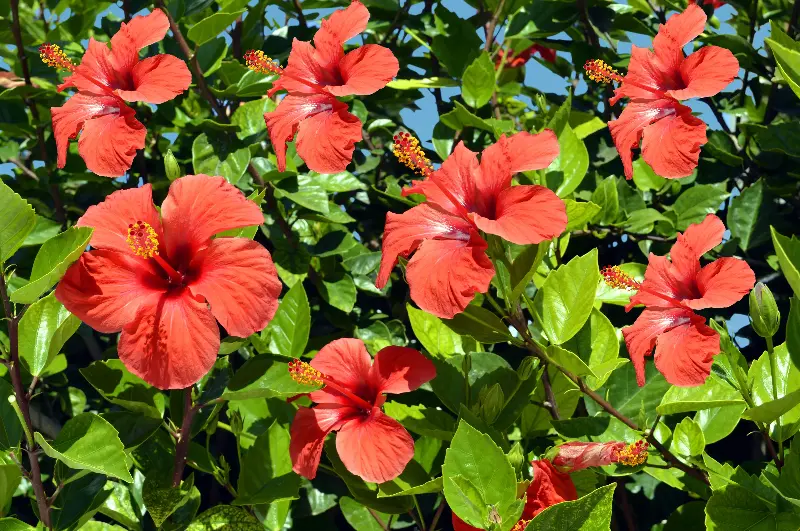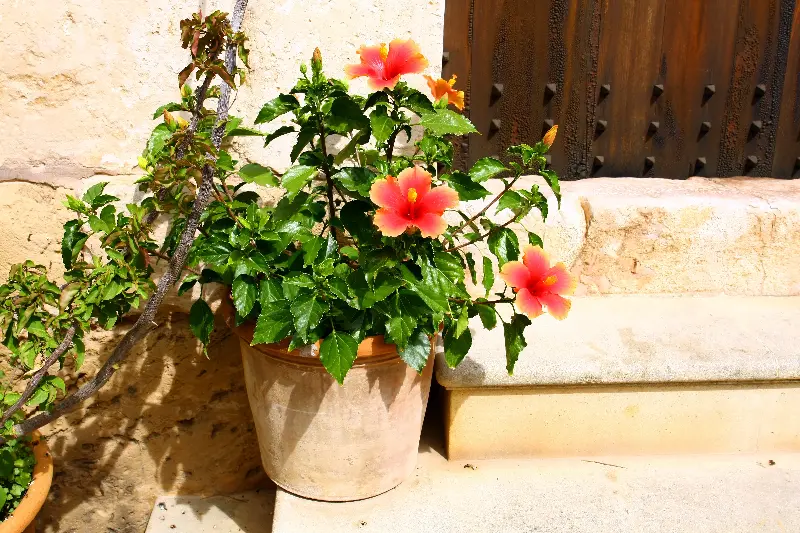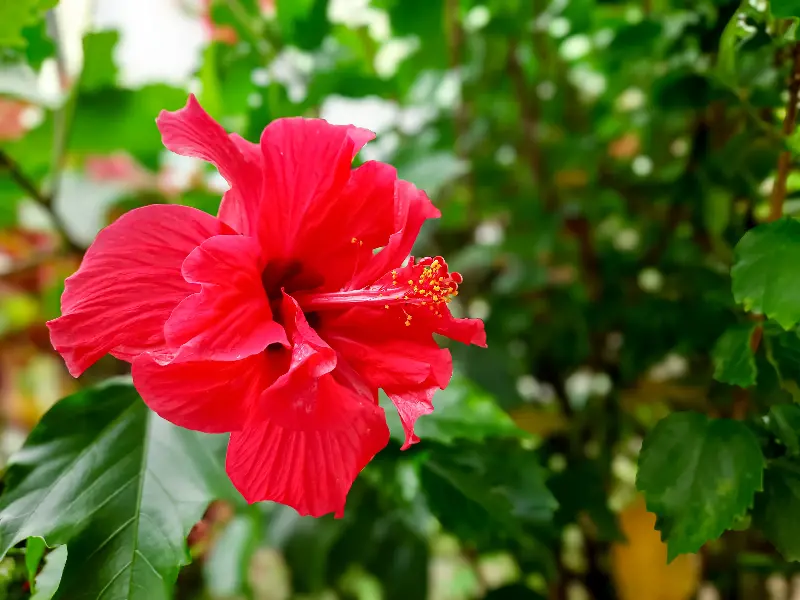Whether perched atop a garden wall, woven into a festival garland, or steeped in a medicinal tea, hibiscus rosa-sinensis commands instant admiration across continents. This flamboyant, large-petalled flower is more than just a tropical visual delight—it is a botanical superstar rooted in centuries of myths, traditional medicine, and scientific intrigue. Let’s embark on a colourful journey to discover why the hibiscus is adored far beyond its beauty.

Dazzling Diversity: More Than Just a Pretty Face
Hibiscus rosa-sinensis, often called the Chinese hibiscus or simply “hibiscus,” puts on a spectacular floral show. Its wide trumpet-shaped blossoms, which range from deep crimson to pale yellow and even bi-colours, thrill gardeners and florists alike. Despite its name, it did not originate in China; botanists believe it may have first been cultivated in Asia or the Pacific islands.
What makes this species especially fascinating is its chameleon-like nature: it has been bred into hundreds of cultivars, each with subtly different petal shapes, sizes, and vibrant hues. Apart from its ornamental appeal, hibiscus serves as a powerhouse for pollinators—bees, butterflies, and even sunbirds cherish its nectar-filled interiors.

Healing Powers: The Medicinal Marvel in Your Backyard
Beyond the garden, hibiscus rosa-sinensis has an impressive résumé in herbal and traditional medicine. In many cultures, the flower, leaves, and roots are harvested for home remedies. Its petals contain phytochemicals like flavonoids, anthocyanins, and vitamin C—compounds celebrated for their antioxidant and anti-inflammatory properties.
In India, crushed hibiscus petals are a beloved ingredient in hair oils and masks, believed to promote growth and prevent premature greying. In the Philippines, the leaves are traditionally used to soothe fevers and heal wounds. Meanwhile, in parts of Africa and the Caribbean, hibiscus tea, sometimes called “sorrel,” is sipped to lower blood pressure and boost immunity.
While some claims remain folklore, modern studies are lending scientific weight to the flower’s medicinal uses. Research points to the ability of hibiscus extract to support heart health and possibly aid in lowering cholesterol. Its anti-bacterial and anti-fungal effects are also being actively explored, promising future breakthroughs in natural medicine.

Cultural Legends: Symbolism, Rituals, and Romance
Hibiscus flowers are woven into the stories and lives of people around the world. In Hawaii, the hibiscus is the official state flower and an enduring symbol of hospitality. Women often wear the blossom behind the ear—over the left to signal they’re taken, or over the right if single and available.
In Hindu culture, the red hibiscus is sacred to the goddess Kali, offered in elaborate temple ceremonies for its vivid colour, believed to be the hue of divine energy. Balinese Hindus use hibiscus in daily offerings and processions, and in Malaysia, “Bunga Raya” (meaning “celebratory flower”) is a national emblem, representing unity and respect.
Poets and artists have long cherished hibiscus as a metaphor for fleeting beauty, resilience, and love. The flower’s bold presence in religious and social rituals, combined with its ephemeral lifespan, has helped it secure a mystical aura that transcends borders.

Botanical Mysteries: How Hibiscus Rosa-Sinensis Thrives
The biology of hibiscus rosa-sinensis is as captivating as its history. Renowned for its ability to thrive in tropical and subtropical climates, this robust shrub prefers well-drained soil and plenty of sunshine, though it can withstand a surprising range of environmental conditions.
One of the hibiscus’s secret talents lies in its reproductive trickery. Its long, prominent stamens and sticky stigma facilitate cross-pollination, which helps explain the incredible diversity of hybrid varieties. Enthusiastic breeders continue to create new forms—some with ruffled petals, others with striking twin colours—making the hibiscus a darling of horticultural shows worldwide.
Curiously, the plant isn’t a prolific bearer of seeds. Instead, it spreads efficiently through cuttings, which means that a friend’s garden showstopper could soon be thriving on your own balcony.
Everyday Delights: From Kitchen Tables to Fashion Catwalks
Hibiscus finds its way into daily life in surprising ways. Its vivid flowers are edible and sometimes sprinkled over salads for a pop of colour and tang. The iconic hibiscus tea is enjoyed from West Africa to Mexico, prized for its cranberry-like flavour and refreshing tartness.
Meanwhile, the bold silhouette of hibiscus has inspired countless designers, surf brands, and artists. Its petals have adorned summer dresses, home décor, and even tattoos. Around the globe, it continues to be a symbol of tropical leisure, adventure, and natural beauty.
Today, hibiscus rosa-sinensis blooms in botanical gardens, urban balconies, village pathways, and wild hedgerows. Its blend of beauty, healing, and story makes it a living bridge between tradition and modernity—an enduring testament to nature’s power to adapt, heal, and inspire. Whether you admire it for its looks, legend, or leaves, the hibiscus invites you to explore its world, petal by petal.
